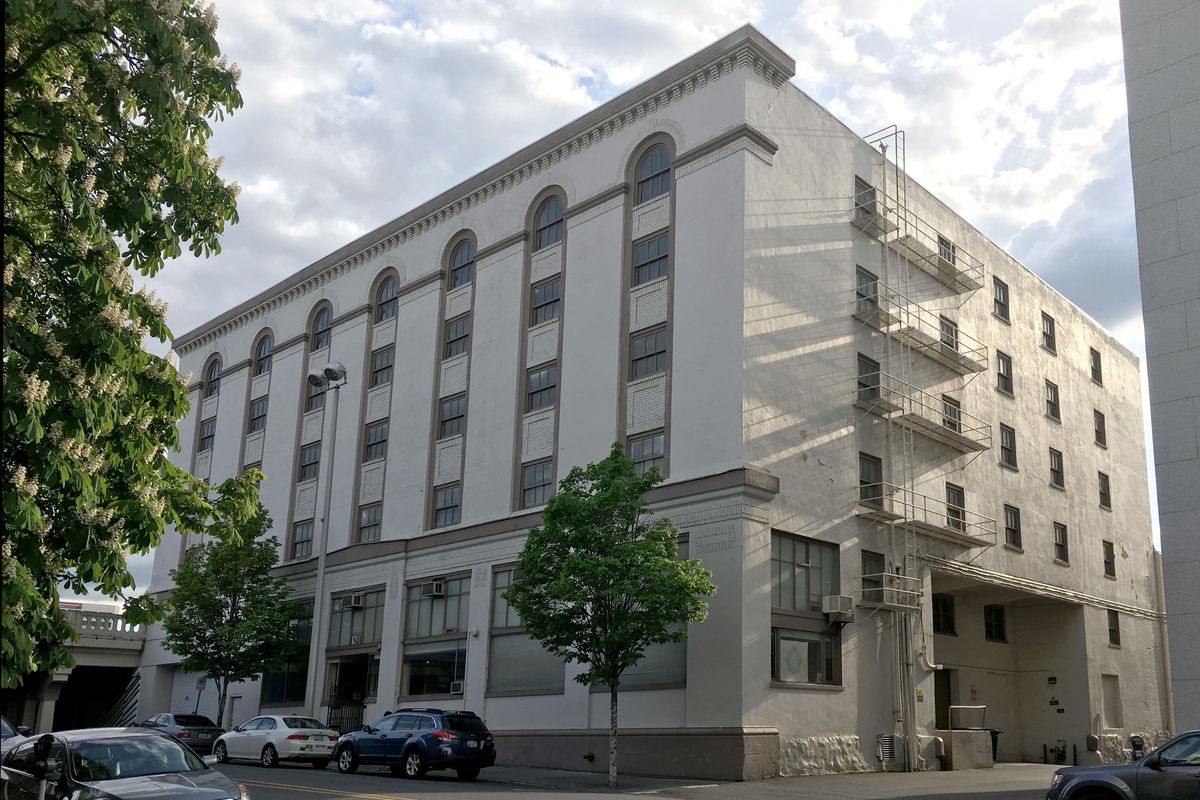Then and Now: The Powell-Sanders Building

Edward L. Powell was 11 years old when his family moved west by covered wagon from Ohio to Oregon in 1862. After studying civil engineering, he worked for the railroad. But his health was poor and he couldn’t keep up with the railroad life. So he went on to teach school in Walla Walla, then operate a general store in nearby Waitsburg for 18 years.
Powell moved to Spokane in 1889 and established a new store. He was involved in Republican politics and elected to the Washington state Assembly in 1891, serving two years. Returning to Spokane, he was elected mayor in 1893.
The nationwide financial panic of 1893 was a dark time in Spokane. In one bank failure, the city coffers lost $70,000. Powell faced riots of starving and striking workers. Historian Nelson Durham described the scene: “How to provide grub for several hundred hungry hobos who threatened the city with all sorts of calamities if grub was not forthcoming, was no easy problem, especially when many of the yeoman citizens nursed a similar want.” Powell sympathized and found a way to feed the crowds.
Powell also faced down political corruption. Two City Council members were notorious for taking bribes to award city contracts. In a sting operation, he caught the councilmen asking a building contractor for $125 in exchange for their votes.
For much of his adult life, Powell was a pitcher and manager of a baseball team that toured sandlots around the region. In his prime, his team won every game for three years straight.
While mayor, Powell started a “buy local” movement, which became an annual fruit fair downtown. After a few years, Idaho farmers began participating in the fall event, so it was renamed the Interstate Fair, which continues to this day.
In business, Powell was a regional grocery distributor. He opened Powell, Roberts and Finley, later Powell-Sanders, a wholesale business, in 1896 at Wall Street and Railroad Avenue. When their building burned down in 1914, they built a new five-story structure that still stands today.
After his tumultuous two years as one of Spokane’s first mayors, he never entered politics again. He sold his business and retired in 1925. He died in 1933.